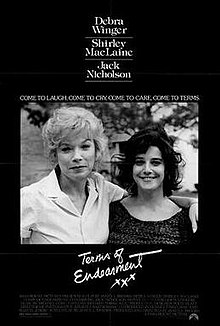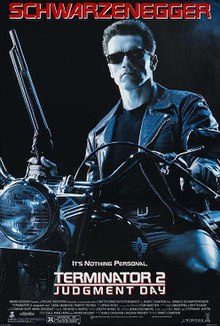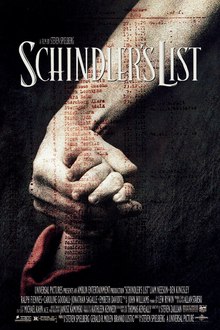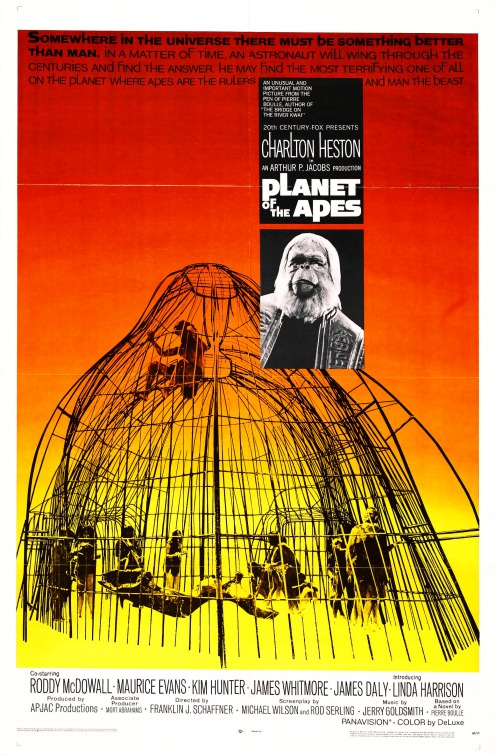In the summer of 1968 my mother, brother, sister and I, took a long road trip vacation all the way to Miami Beach and back. One of the things I remember most about the trip was sitting in the back seat with a stack of Marvel comics by my side. Earlier that spring, Marvel had broken up the two-in-one titles TALES OF SUSPENSE, TALES TO ASTONISH and STRANGE TALES and had given brand new titles to such stalwarts as Captain America, Iron Man, the Hulk, the Sub-Mariner, Dr. Strange and Nick Fury, Agent of S.H.I.E.L.D. In addition, the Silver Surfer had his own giant-size title with a twenty-five cent cover price. There were some great annuals that summer and it was definitely a good time to be a card carrying Marvel maniac (which I was).
In addition to my beloved Marvel comics, I spent a great deal of time reading BRAK THE BARBARIAN by John Jakes. This paperback sword-and-sorcery novel (my first exposure to the genre), sported a terrific cover by the great Frank Frazetta. I loved it.
In between my comics and fantasy novel, I would occassionally look out of the car windows and see billboards advertising a new science fiction film, Stanley Kubrick's 2001: A SPACE ODYSSEY. The American south seemed to be full of these giant billboards promoting this groundbreaking new film. I had no clue what this was all about. I knew nothing about Kubrick or his new film. But I sure wanted to know more about it. The billboards made it look like this was something special, an "event" film of the highest magnitude.
It was late summer when 2001 finally made it's way to the big screen of the old Americana Theatre on Hancock Drive (the building is now home to a branch of the Austin Public Library). The Americana was Austin's premiere movie theater at the time and 2001 was booked as a special "roadshow" engagement which meant higher ticket prices and reserved seating. I
had to see this movie.
I saved up my money and one day I went to see 2001 along with my buddy Blake Brown. Blake was a big science fiction fan and he had read a lot of books by Arthur C. Clarke, the legendary British science fiction author who co-wrote the screenplay with Stanley Kubrick. Clarke's short story, "The Sentinel" was a basis for part of the film. I remember purchasing a souvenir booklet about the film at the concession stand. The book was loaded with full-color stills from the film and oh, do I wish I still had that piece of memorabilia.
The movie was simply spectacular. It was like nothing I had ever seen before. The special effects were incredible and gave a real sense of what interplanetary space travel might be like in the year 2001. The "light-show" finale was as dazzling as it was puzzling and we left the theater scratching our twelve-year-old heads in wonder and amazement. What the hell did we just see? What did it all mean?
We had no clue. We offered possible theories to explain the meaning of the film and argued and debated and discussed the movie on the entire ride home. I was determined to crack the code of this enigmatic movie. I bought a copy of Clarke's novel, 2001: A SPACE ODYSSEY. The book was an elaboration of the screenplay and did much to fill in holes in the narrative and explain some of the more metaphysical aspects of the film. Armed with this new information, I returned to the theater to see 2001 once more. This time I got it (more or less). It would take me years and multiple subsequent viewings to fully comprehend the majesty and mystery of 2001.
I remained somewhat obssessed with 2001 for the rest of 1968. I bought a papberback book entitled THE MAKING OF KUBRICK'S 2001 edited by Jerome Agel (which I still have!). The book included 96 pages of photos and even though some of the technical film making jargon was over my head, I plowed through the book, determined to learn more about this incredible, revolutionary film.
Aurora Plastics, the maker of those legendary Universal Monster model kits of the '60s, released two all plastic assembly kits based on vehicles from the film. One was the Pan-Am space clipper that ferrys Dr. Floyd from the Earth to the giant, revolving space station. The other was the "moon bus" transport vehicle that carries Dr. Floyd and other scientists from the moon base to the excavation site of the monolith. I bought both and assembled both kits. Unfortunately, they met their demise at some point in a fiery conflagration that involved lighter fluid, Black Cat firecrackers and matches. I think all of my model kits eventually suffered this fate.
For Christmas that year, I received as a gift the soundtrack album of the film (which I still have framed and hanging on the wall of my "man cave"). I listened to the record repeatedly and while I didn't care for some of the tracks, I adored the thundering crescendo of ALSO SPRACH ZARATHUSTRA which opens and closes the film (it became the movie's "theme" song) and to this day, I cannot listen to THE BLUE DANUBE without seeing waltzing spacecraft in my mind's eye.
In the mid 1970s, Jack Kirby returned to Marvel Comics and one of the projects he worked on was an adaptation of the film which was originally published in the giant, over-size "treasury" format. I love Jack Kirby's work (he's my all-time favorite comic book artist) but I don't believe he was the right choice (from an artistic standpoint) to adapt Kubrick's film. To be honest, I can't think of anyone in comics at the time who
could have done it. But hey, it's Jack Kirby, and any Kirby is better than none and the book is worth reading.
Kirby later did a regular comic book series, 2001: A SPACE ODYSSEY, which played with ideas, concepts and themes from the film. The series eventually came to focus on Machine Man, a runaway robot in the future and the book's title was changed to MACHINE MAN for the rest of its' run. None of this material has been collected and reprinted to date and that's a shame. I suspect licensing rights have something to do with this and I hope that those issues get ironed out at some point so we can enjoy Kirby's 2001 saga in one volume.
When I first saw 2001 on that long ago late summer afternoon, I could only imagine what the real world of 2001 would look like should I live long enough to experience it. I would be forty-five years old by that time and at the age of twelve, that was so far into the future as to be practically unthinkable.
Of course, we're now long since past the year 2001 and the world we live in isn't the world of the film. The future happened in ways we couldn't have predicted forty-four years ago and the future continues to rush headlong at us at faster than light speed.
I would have liked to have lived in the future world depicted in the film and who knows, maybe in some alternate reality things played out just that way. Things may never be the way they are in the movie but we still have the film to cherish and watch over and over again and remember the way the future might have been.
Those old billboards were right. 2001
was something special.

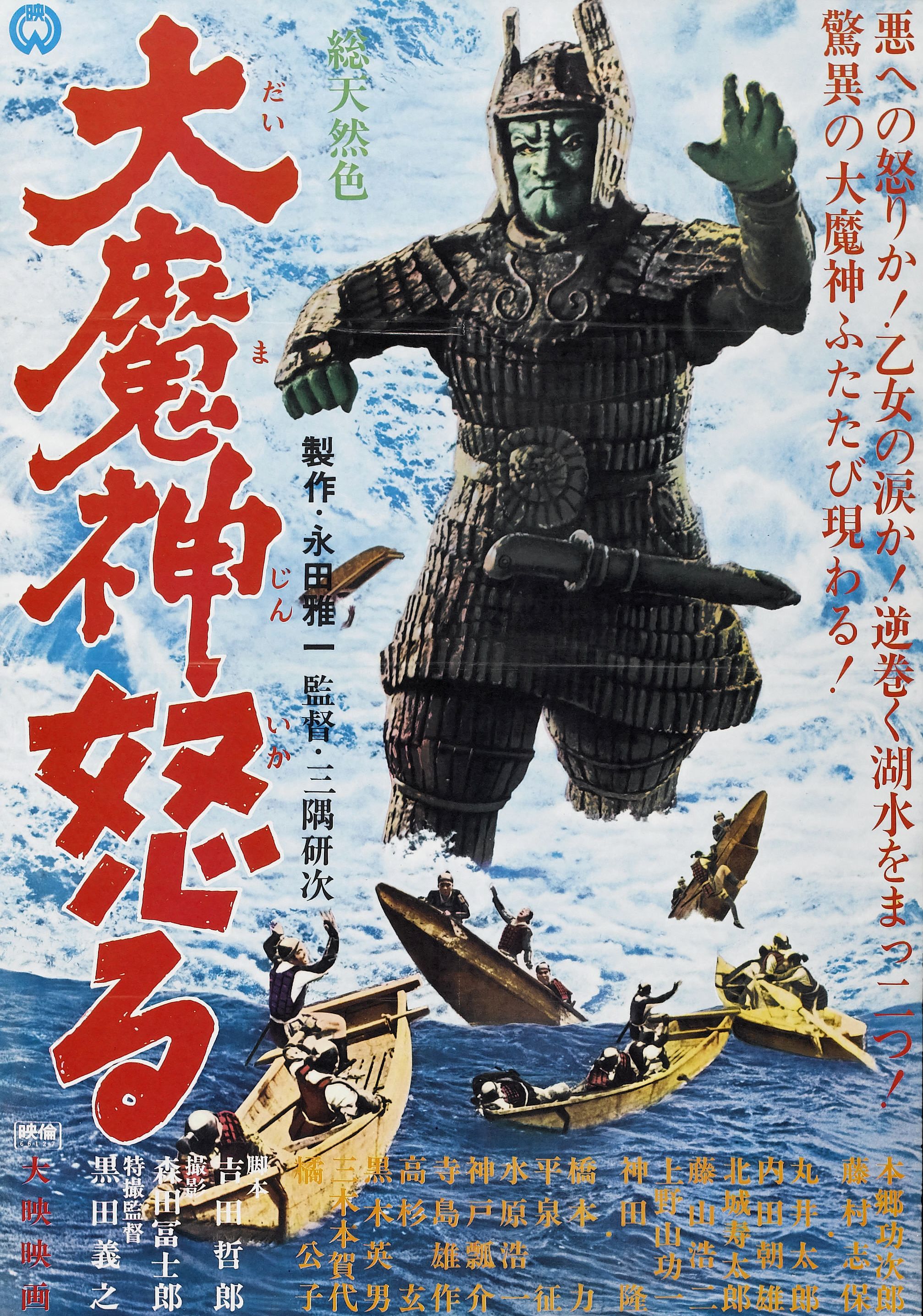

.jpg)

